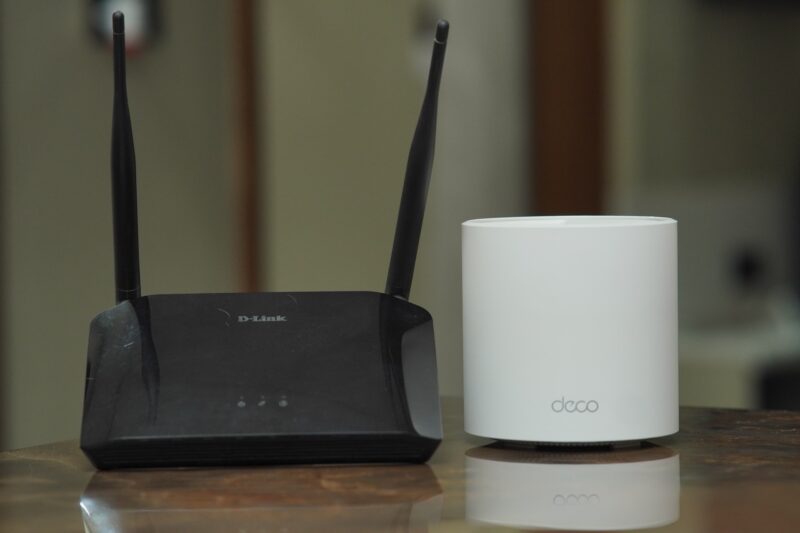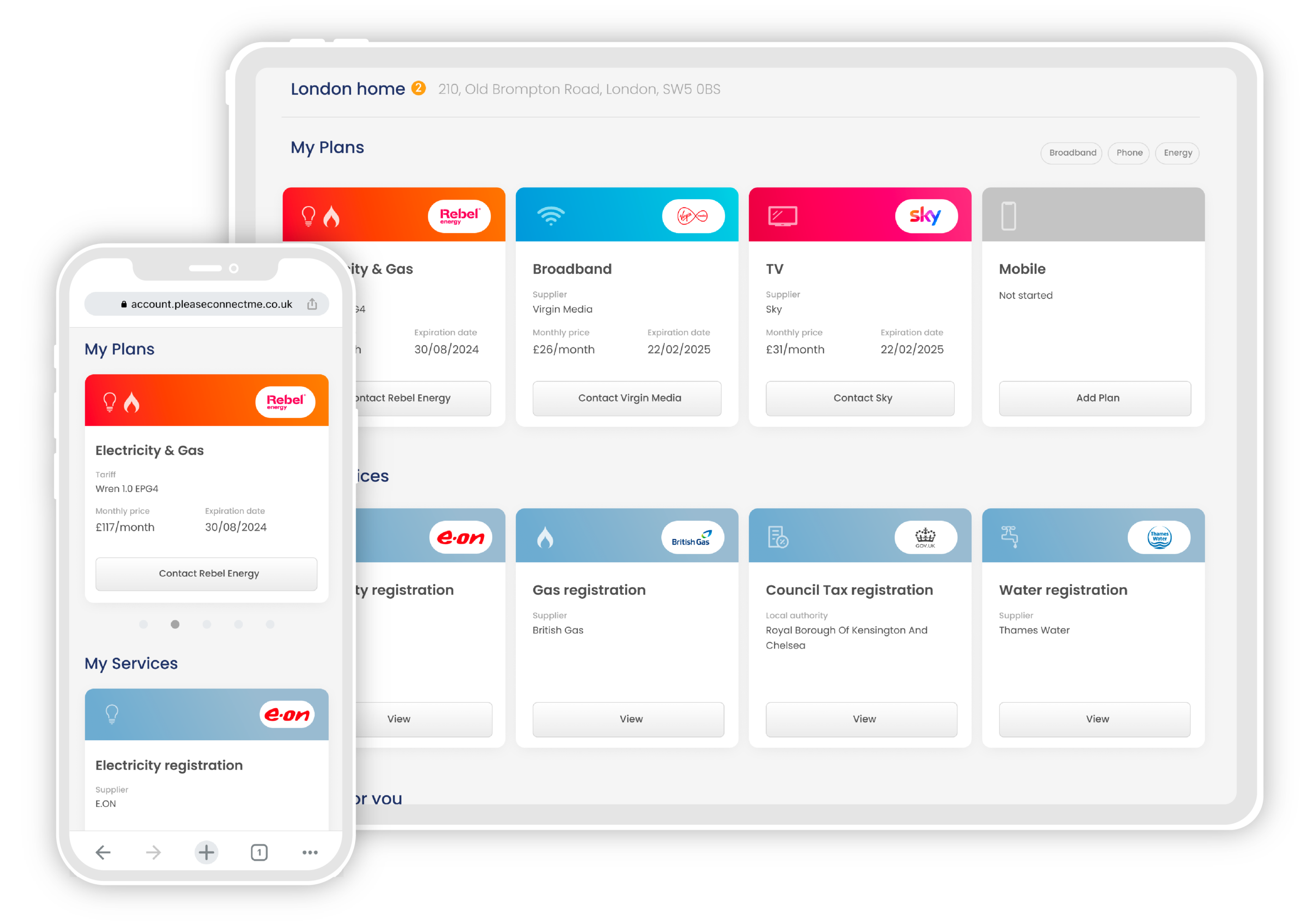Are you searching for a WiFi extender to improve your home internet connection?
For those living in large, oddly shaped or older properties, WiFi extenders can be a lifeline. These handy devices amplify the signal from your main router, increasing the range of your network. If you currently have dead spots at home or rooms where your internet speeds drop to a crawl, a WiFi extender can quickly solve the problem.
Shopping for an extender can be a confusing process, however. What’s the best kind of WiFi extender, and what should you look for in a home internet booster? These are the top things to consider when choosing a WiFi extender, as well as our top recommendations for the best WiFi boosters available today.
How do WiFi extenders work?
A WiFi extender connects to an existing WiFi network, creating a new access point centred on the extender. This allows your existing connection to cover a larger area.
WiFi extenders don’t increase the speed of your connection, but if you’re struggling to stay connected to a weak or intermittent signal or dealing with ‘dead spots’ in your home – areas with no WiFi signal at all – a range extender can be a lifesaver.
Read more about how WiFi extenders work, and how to boost their performance, here.
What are the differences between WiFi extenders?
While most WiFi extenders operate on the same basic technology, there are a few key differences between devices that will affect their performance and versatility.
Dual-band or single-band?
Home WiFi routers operate on either single-band or dual-band frequencies. The band refers to the frequency at which wireless information s broadcast. Home internet uses either a 2.4 GHz or 5GHz connection. A single-band router uses one frequency (usually 2.4 Ghz) while a dual-band router uses both.
Generally speaking, a dual-band router will provide a faster home connection. Not only can the higher frequency band carry more data per second, but using both bands means high-priority devices like your PC can be connected to the faster 5GHz frequency, while the lower frequency is used by less network-intensive devices.
If you have a dual-band router, make sure the WiFi extender you choose is also dual-band so that your extended network can enjoy the same benefits. Otherwise, if your router is single-band, you won’t see any extra benefit from a dual-band network extender.
Single extender or mesh network?
While a network extender is enough to cover one property, those looking for a WiFi signal that will offer top speeds across a large property may want to consider a mesh network. A mesh network can be made of several specialised routers, or some newer top-end WiFi extenders use the same technology.
Rather than creating a second hotspot to extend your network, mesh networks connect multiple routers into a larger single network. Mesh networks have several benefits. They allow devices to intelligently switch between hotspots, rather than relying on you choosing the best connection. They also typically offer a much greater range than a traditional WiFi extender.
These extra features come at a price, with mesh network routers and extenders typically costing more than traditional WiFi extenders.
Did you know? If you’re a Sky TV and broadband customer with a Sky Q TV box, your Sky Q box will work with your router to create a mesh network. If you have any mini Sky Q boxes they’ll also help to boost your network!
WiFi 5 or WiFi 6?
Devices operating on the new WiFi 6 protocol are available, but do you need one?
Just like mobile internet, which we’ve seen progress from the 3G standard to 4G and now 5G, the technology standard for WiFi is always improving. WiFi 6 is the latest WiFi protocol supported by personal devices.
It offers massively improved speeds over WiFi 5 networks and is more efficient at handling large numbers of connected devices. This makes it perfect for public WiFi networks, as well as offices and homes using multiple IoT devices. You can read more about WiFi 6 here.
When it comes to WiFi extenders, you won’t see a real benefit from a WiFi 6 extender unless you already have a WiFi 6 router. Most routers, including the ones provided by major broadband suppliers with their internet packages, still use the WiFi 5 protocol.
Plug-in or freestanding?
Some WiFi extenders plug directly into a wall socket, while others stand on a desk or shelf.
Plug-in extenders are smaller and less obtrusive, but also typically less powerful, with a smaller network range.
Conversely, freestanding extenders are usually larger and more powerful. These make them a better option for homes with a lot of dead zones, but less convenient for smaller homes where surface space is at a premium and the extra power isn’t needed.
What’s the best WiFi extender 2023?
We’ve collected our top-recommended WiFi extenders for different UK homes.
As Amazon Affiliate partners, we may earn from qualifying purchases through our links. None of our content is sponsored, and we’ll always disclose if we’ve been sent a product for free.
Go To:
The best plug-in Wi-Fi extender
The best outdoor WiFi extender
The best plug-in WiFi extender 2023
The TP-Link AX3000 (RE700X)
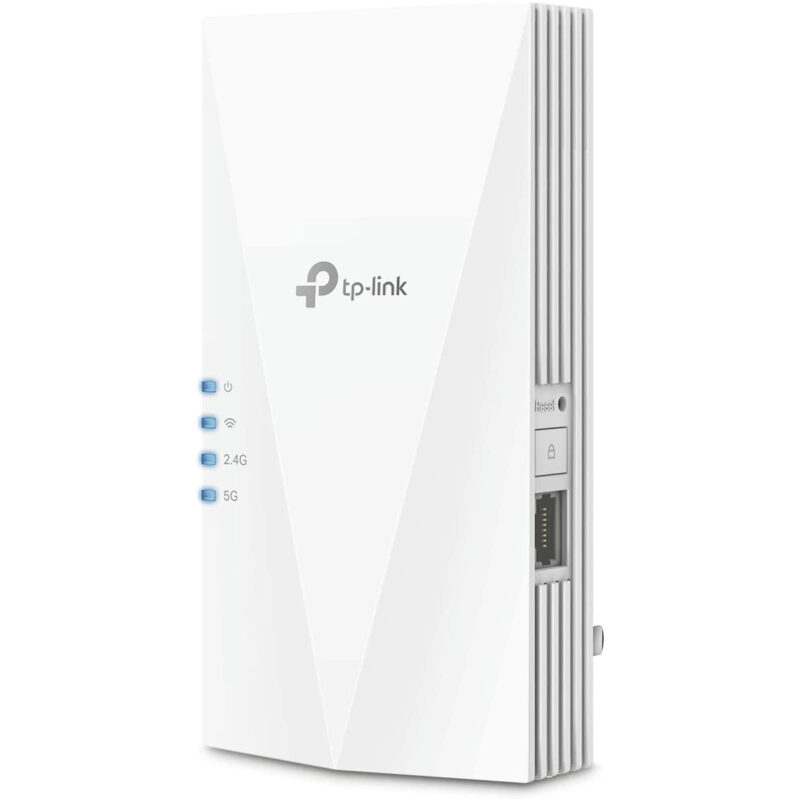
The TP-Link AX300 is our pick for the best plug-in WiFi extender you can buy in 2023. With a top speed of 3 Gbps, this extender can handle any home network. The AX300 is WiFi 6 ready, future-proofing it against the next generation of home routers. We also love the slim, compact design, packing a lot of power into a little package.
Pros
-
Dual-band WiFi 6 means it won’t need to be upgraded any time soon
-
Dedicated app makes set-up easy
-
1Gbps Ethernet port for wired connections
Cons
-
If your home router isn’t WiFi 6 ready you won’t see all the benefits
-
Doesn’t create a mesh network
The best outdoor WiFi extender 2023
The Wavlink AC1200 Outdoor
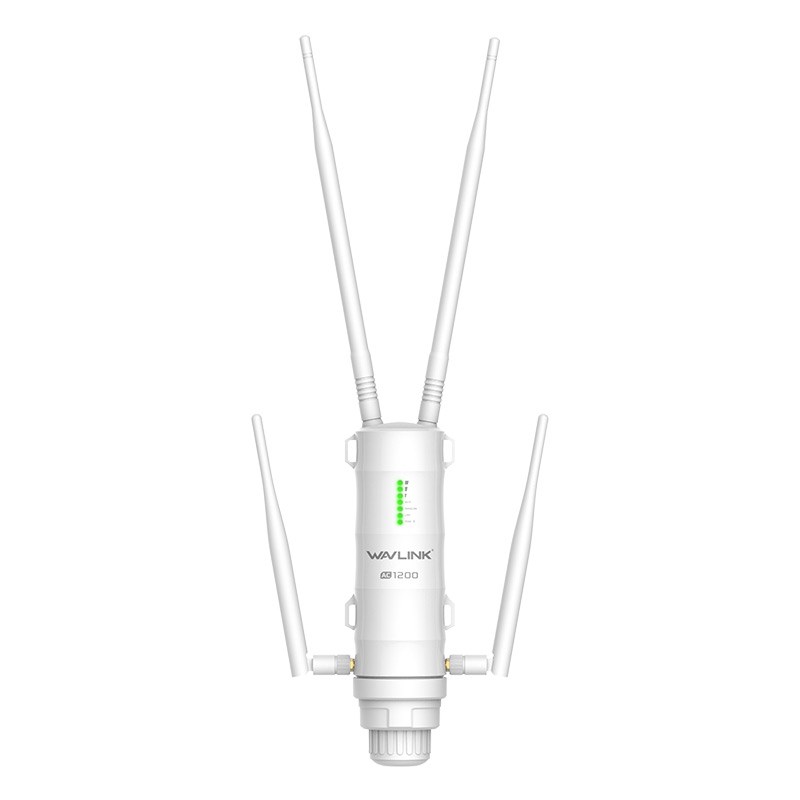
Whether it’s working from the garden or trying to stream Spotify in the shed, good WiFi coverage outside is becoming increasingly important. For those with a large garden or outside area to cover, the Wavlink AC1200 outdoor is ideal. A range of up to 200 metres and top speeds of 800 Mbps means this extender can bring high-speed internet into the great outdoors – or at least the great backyard.
Pros
-
Weatherproof casing for outdoor use
-
Dual-band network
Cons
-
Fiddly initial set-up
-
Difficult to install inside the home
The best WiFi extender for power users
NETGEAR Nighthawk EAX80 (AX8)
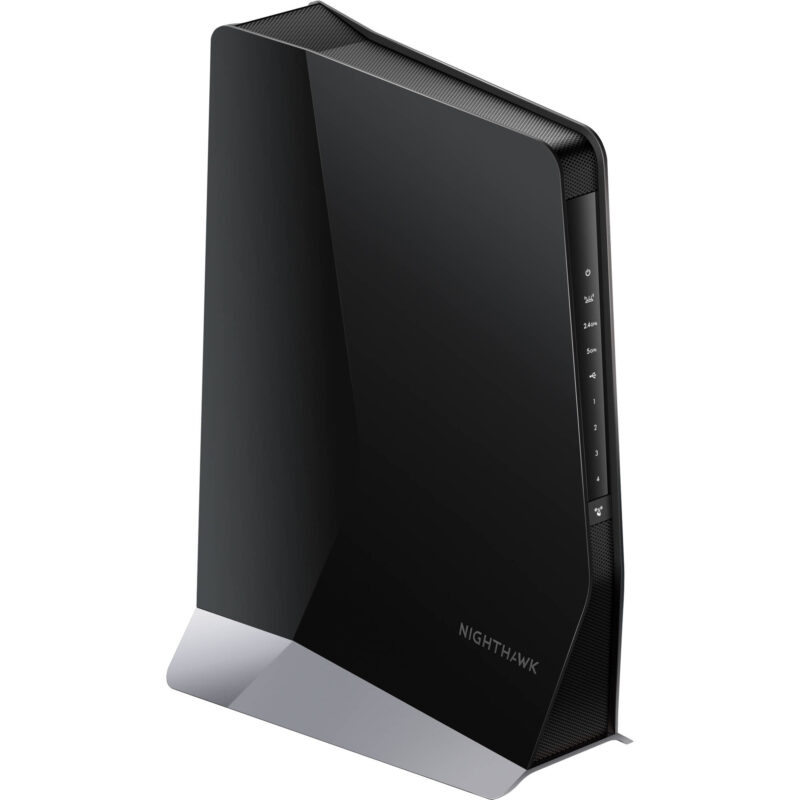
Not many WiFi routers can handle 30+ devices over 2,500 sqft of coverage, but the Netgear Nighthawk EAX80 makes it look easy. A blistering top speed of 6 Gbps makes the extender suitable for wireless 4K streaming and gaming, but there are also 4 Gigabit Ethernet ports available for a wired connection.
Pros
-
Seamless Smart roaming keeps your devices connected wherever they are
-
Dual-band signal with 8 WiFi streams
-
WiFi 6 optimised
Cons
-
The EAX80 is big at 10.0 x 7.8 x 4.2 inches
-
Top-end features come with a top-end price tag
Best compact WiFi extender 2023
TP-Link N300 Universal
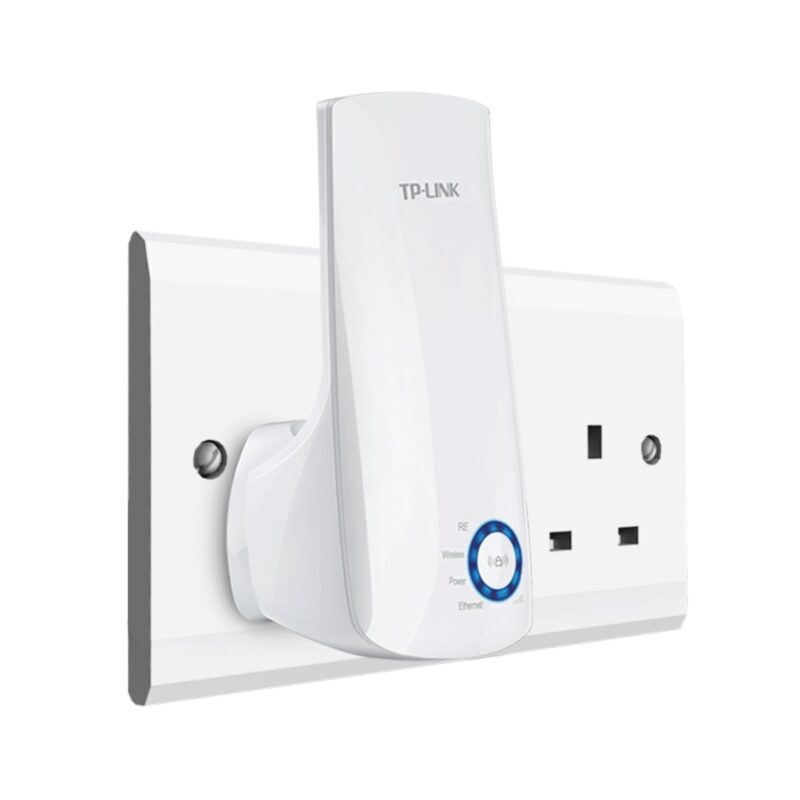
For those looking to cover a dead spot on a budget, the TP-Link N300 is a powerful, pocket-sized WiFi extender. The extender’s antennae are internal, keeping the design as sleek and compact as possible while still delivering speeds of up to 300 Mbps.
Pros
-
Budget-friendly option to cover dead-spots
-
Compact and unobtrusive
Cons
-
Top-speed of 300 Mbps might not be enough for busy households
-
Only uses single-band frequency at 2.4 Ghz
WiFi Extender Top Tips
-
Place your extender halfway between your main router and a dead spot for the best coverage.
-
Boost your router signal further by placing it in a high, unobstructed spot.
-
An Ethernet cable directly into your router or WiFi extender will give you the strongest, most stable signal.
Read more about broadband in the UK:


